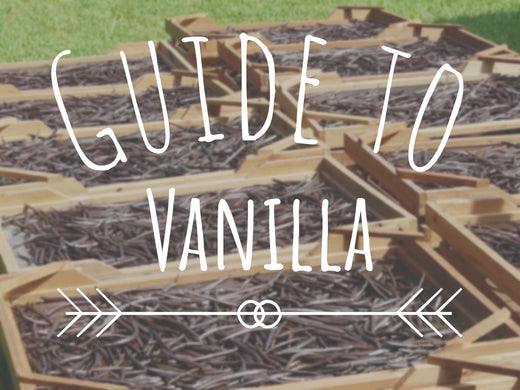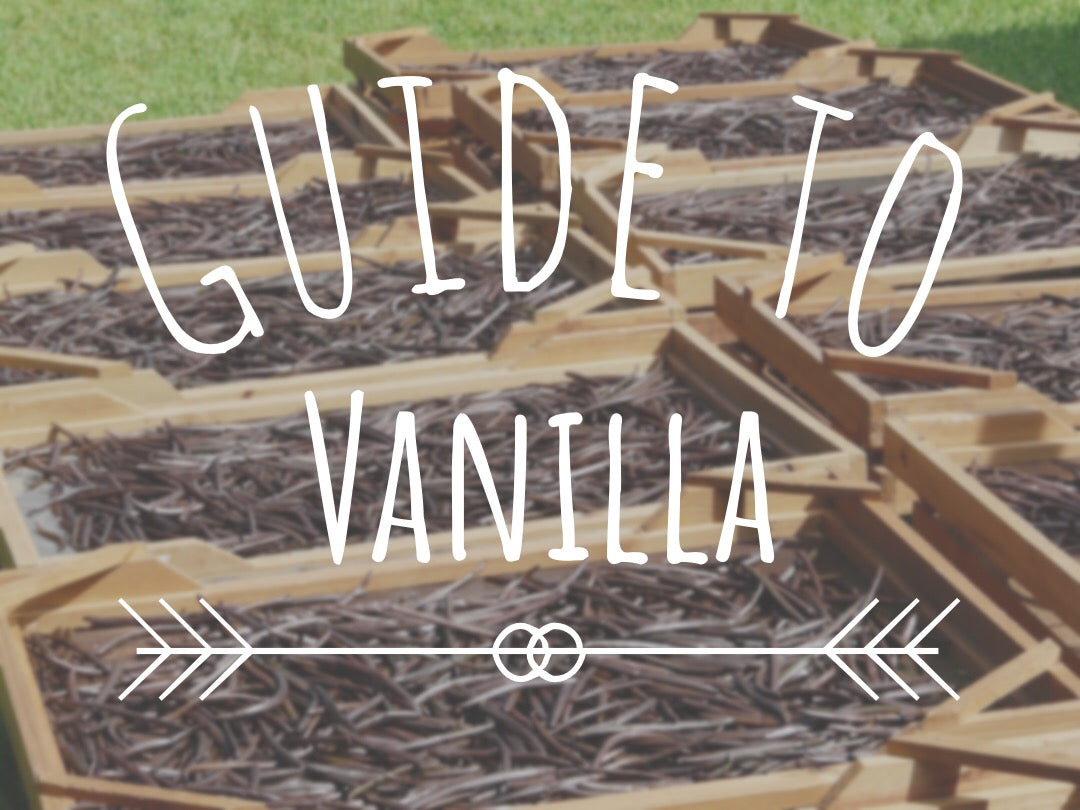Next to saffron, vanilla is the most expensive spice in the world. It has become synonymous with things that are “plain” and “bland”, but it actually possesses a rich depth of flavour and is one of the most popular and well-known tastes in the world. It’s a complicated spice that contains numerous healthy compounds, has a painstaking production cycle, and is steeped in confusing regulations—all of which we’ll address in this guide to vanilla.
Health Benefits of Vanilla Pods

Vanilla pods and vanilla extract don’t have a great deal of micronutrients or macronutrients. There are trace amounts of a handful of minerals and vitamins, but nothing to get excited about and nothing that compares to spices like ginger or even cardamom. However, vanilla does contain a number of antioxidant compounds, and these could provide a number of health benefits. (1)
The high concentration of these compounds means that even a small dose could be enough to boost the antioxidant level of the blood, albeit nowhere near as much as a bowl of dark leafy greens. The scent of vanilla is also thought to be relaxing and calming, not unlike the scent of lavender, with studies suggesting that it could be used to improve mood and, indirectly, to lower blood pressure. (2)
Vanilla, and in particular the compound vanillin, is also thought to be a strong anti-inflammatory, and as a result it may provide some relief to sufferers of chronic inflammatory conditions, not unlike traditional remedies like milk thistle.
Generally speaking, it’s not a superfood (there is no strict criteria for what defines a “superfood,” but it’s usually something that contains a lot of vitamins and minerals, which vanilla does not), but it tastes great and could provide some extra benefits while you enjoy it.
Side Effects of Vanilla Extract

It is possible to be allergic to vanilla and to experience an allergic reaction, but unless you’re consuming vast quantities of vanilla bean, then you shouldn’t experience any other issues. It can be a different story with vanilla extract, though (more on how that is made and defined below), and this is a highly concentrated form.
If applied directly to the skin, it can cause inflammation, itchiness, and other skin irritation. It may also lead to insomnia, headaches, and restlessness, although in such cases it seems to be more of an issue in people who make large quantities of the extract themselves as opposed to people who merely consume the occasional drop.
It is thought to be safe during pregnancy and nursing, but this may not be the case in the event that large doses are used. Generally speaking, and as with everything else, moderation is key.
Why is Vanilla so Expensive?
There are several factors impacting the price of vanilla. Firstly, it’s grown in non-native regions where the lack of natural pollinators means the plants have to be pollinated by hand. Secondly, a single plant can take up to four years to mature, but there is a very short window between pollination, blooming, and harvesting.
The harvest is also laborious. The pods are actually green when they are harvested and resemble a longer, thinner pea pod. The black and withered pods that consumers are familiar with are created following an extensive curing and maturation process that is mainly done by hand and can take months to complete.
In many ways, at least in terms of how labor intensive the process is, vanilla production is similar to saffron, although a single pod of vanilla will produce a greater weight of usable product. But this isn’t the sole reason why vanilla is the only spice that comes close to saffron in terms of market value.
There have also been a number of market shortages. A few decades ago, the use of vanilla extract became popular and eradicated the demand for pure vanilla, causing may farmers to rethink their business and leading to a serious shortfall. In the 2010s, the demand for vanilla returned, clinging onto the coattails of the organic movement and the increased consumer respect for natural flavourings. But not everyone was happy to switch back to the laborious and volatile business of vanilla farming, and the ones who did faced new threats (organised crime, counterfeiting) as well as old ones (floods, cyclones, droughts).
Not only is vanilla a justifiably expensive crop, but with the constant threats faced by farmers and the intensive labor required for each harvest, it’s likely that its price will remain high for years to come.
What is Vanilla Extract Made From?

If you don’t have the budget for real vanilla, then vanilla flavouring may seem like a perfectly viable alternative, and to an extent it is.
Pure vanilla extract is made from real vanilla pods, with regulations governing how many pods should be used. These regulations are generally the same in the European Union as they are in the United States and essentially require the use of little more than vanilla pods and alcohol. However, some products sold on the shelf as “vanilla extract” also contain added sugar and/or syrup.
It may not be as healthy as consuming these vanilla pods in their natural form, but the alcohol helps to preserve many of the antioxidants and other nutrients. Be sure you’re actually buying vanilla extract, though, as some products can be carefully labelled to make you think you’re getting one thing when you’re actually getting another thing entirely.
What About Vanilla Flavouring?
Vanilla flavouring, like vanilla extract, mainly consists of the compound vanillin. However, while vanilla extract contains many other compounds found in vanilla pods, “flavouring” only contains vanillin, and this is not extracted from pure pods.
It can be extracted from several different oils, as well as coal tar, pine bark, and other unpleasant sources. EU and US law often allows for vanilla flavouring to be labelled as “natural flavouring” if it comes from a natural source, and this leads some consumers to believe that the product is derived from vanilla pods, even though it’s not. Vanilla flavourings can also contain colourants and thickeners.
Most of these flavourings are used in pre-manufactured foods such as ice cream, and despite the recent trend towards natural flavourings, they still outsell the real deal.
So how do you know if you’re getting real or “fake” vanilla? Well, if you see the words “flavouring” with or without the prefix “natural,” then you’re not getting the real deal. If you see “vanilla extract,” then you’re getting a concentrated form, and unless you see something to the effect of “vanilla pods” or even just “vanilla”, there’s a good chance you’re not getting pure vanilla.

